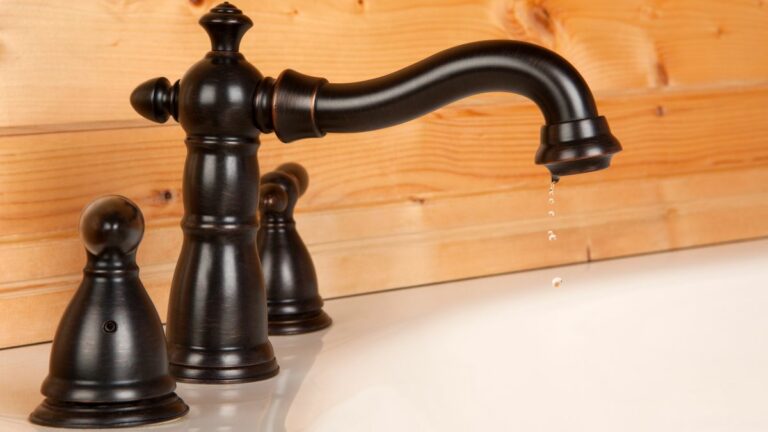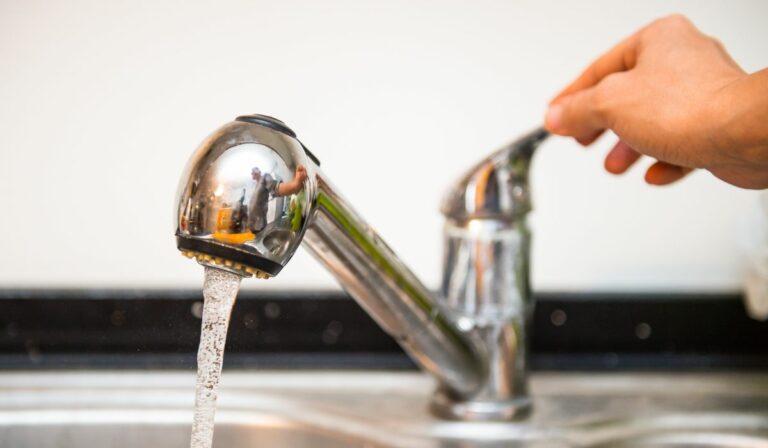Can You Repaint Kitchen Cabinets?
If your kitchen cabinets are looking tired or outdated, repainting them can breathe new life into your space without the cost or hassle of a complete renovation. But before you roll up your sleeves, it’s important to understand the benefits, the right approach, and how to avoid common pitfalls. This guide will walk you through everything you need to know about repainting kitchen cabinets so you can transform your kitchen with confidence and ease.
Understanding the Benefits of Repainting Kitchen Cabinets
Repainting your kitchen cabinets offers several advantages that make it a popular DIY and professional project. First, it’s a cost-effective way to update the look of your kitchen. Instead of replacing cabinets, which can be expensive and time-consuming, a fresh coat of paint can modernize your cabinets’ style and color to match current trends or your personal taste.
Also, repainting helps protect and preserve your cabinets. Old paint or worn finishes can let moisture and dirt damage the wood underneath. A new paint layer provides a protective shield that helps extend the life of your cabinetry.
Another benefit is customization. Repainting gives you complete control over color choices, enabling you to create a kitchen atmosphere that feels uniquely yours. Whether you want a classic white, bold navy, or soft pastel, repainting is how you can achieve it.
Finally, repainting can increase your home’s value. Updated kitchens attract buyers and make a positive impression, and freshly painted cabinets contribute significantly to this appeal. So, if you’re planning to sell soon, a cabinet makeover could be a smart investment.
Assessing Whether Your Cabinets Are Suitable for Repainting
Before you jump into repainting, it’s crucial to evaluate the condition of your existing cabinets to determine if repainting is a viable option. Examine the cabinet surfaces for structural damage such as deep cracks, warping, or severe water damage. Repainting over compromised wood won’t fix underlying problems and may lead to uneven results or further deterioration.
Check the current finish type, whether it’s laminate, veneer, or solid wood, as this impacts your preparation steps and paint adhesion. Laminate cabinets can be more challenging to repaint and may require special primers.
Also, consider how many layers of paint your cabinets already have. Several thick layers can cause peeling or bubbling when new paint is applied.
Finally, assess your cabinetry style and hardware. Intricate designs may require more prep and patience, while hardware may need removal or updating to complement the new paint.
If your cabinets are in generally good shape structurally and you’re willing to prepare them properly, repainting is an excellent way to revamp your kitchen.
Essential Tools and Materials for Cabinet Repainting
Having the right tools and materials on hand sets you up for a smooth painting process and professional-looking finish. Here’s what you’ll need:
- Quality Paint: Choose a durable, specially formulated cabinet or trim paint such as an acrylic-enamel or polyurethane-based paint designed for high-traffic areas.
- Primer: A bonding primer suited for your cabinet material ensures paint adhesion and coverage.
- Sandpaper: Fine and medium grit sandpaper (120-220 grit) to smooth surfaces and roughen glossy finishes for better paint grip.
- Sanding Block or Electric Sander: For consistent sanding pressure and speed.
- Paint Brushes and Rollers: Use angled brushes for corners and trim, and foam rollers for smooth flat surfaces to avoid brush strokes.
- Screwdriver: To remove cabinet doors, drawers, and hardware.
- Painter’s Tape: Protect adjacent surfaces and ensure sharp paint lines.
- Drop Cloths and Plastic Sheeting: Keep floors and countertops clean from paint drips.
- Cleaning Supplies: Mild detergent, degreaser, and tack cloths to remove grease and dust before painting.
- Respirator Mask and Gloves: For safety during sanding and painting.
Having everything organized before you start will save frustration and keep your project on track.
Step-By-Step Guide to Repainting Kitchen Cabinets
Preparing Cabinets for a Smooth Paint Finish
Start by removing all cabinet doors, drawers, and hardware to give you unobstructed access. Label each piece for easy reassembly.
Clean all surfaces thoroughly to remove grease and grime, kitchens accumulate buildup that affects paint adherence. After cleaning, sand the surfaces to dull glossy finishes and roughen the wood just enough to promote primer bonding. Wipe down again with a tack cloth to clear dust.
Apply painter’s tape around edges, walls, and countertops where needed to protect from paint splatter.
Choosing the Right Paint and Finish for Durability
Opt for high-quality cabinet paint in a semi-gloss or satin finish, balancing durability and ease of cleaning. Semi-gloss is popular for kitchens because it resists stains and wipes clean well.
Use a suitable bonding primer, especially if the cabinets have a slick surface like laminate.
Proper Painting Techniques for Kitchen Cabinets
Apply primer evenly and let it dry completely as per manufacturer instructions. Then, apply the first coat of paint with smooth, even strokes, use a brush for corners and rollers for flat surfaces. Avoid applying thick coats to prevent drips and uneven drying.
Allow ample drying time between coats, typically 4-6 hours, and lightly sand between coats to remove any imperfections.
Apply a second or even third coat if necessary for full coverage and a rich finish.
Tips for Reattaching Hardware and Final Touches
Once the paint is fully dry and cured (often 24-48 hours), reattach hardware and reinstall doors and drawers carefully.
Make sure hinges align properly and operate smoothly. Consider upgrading hardware for a fresh, modern look.
Finally, remove painter’s tape gently and clean the workspace. Your cabinets should now look revitalized and ready to impress.
Common Mistakes to Avoid When Repainting Cabinets
To get the best results, avoid these frequent errors:
- Skipping Proper Cleaning and Sanding: Grease or glossy surfaces prevent paint adhesion and cause peeling.
- Using the Wrong Paint: Regular wall paint lacks durability for kitchen cabinetry.
- Painting Without Primer: Primer is essential to seal surfaces and improve paint bonding.
- Applying Thick Paint Layers: Thick coats drip, bubble, and lengthen drying times.
- Rushing Drying Times: Paint that isn’t fully dry between coats will look uneven and be prone to damage.
- Neglecting Hardware Removal: Painting over hardware looks messy and can damage finishes.
- Ignoring Curing Time Before Use: Cabinets need time to fully harden before heavy use to prevent scratches or dents.
By steering clear of these missteps, your repainting project will look professional and last longer.
Maintenance and Care for Painted Kitchen Cabinets
Proper maintenance helps your freshly painted cabinets stay beautiful and durable for years.
Clean cabinets regularly with a gentle, non-abrasive cleaner and a soft cloth to avoid wearing down the paint.
Avoid harsh chemicals or scrubbing pads that can damage the finish.
Wipe spills promptly to prevent staining or discoloration.
Periodically check for any signs of chips or scratches and touch them up promptly to protect the underlying wood.
You can also apply a furniture wax or specialized cabinet sealant annually to add a protective layer.
Taking these small steps ensures your kitchen cabinets remain a stunning focal point, keeping your kitchen inviting and fresh.
Conclusion
Repainting your kitchen cabinets is a smart, budget-friendly way to update your kitchen’s look and extend the life of your cabinetry. With the right preparation, materials, and techniques, you can achieve a durable, beautiful finish that transforms your space.
By understanding the benefits, properly assessing your cabinets’ condition, and avoiding common pitfalls, you set yourself up for success. Maintain your painted cabinets well to ensure your investment continues to shine for years to come.
So yes, you can repaint your kitchen cabinets, start planning your project today and enjoy the rewarding results of a fresh, vibrant kitchen.


